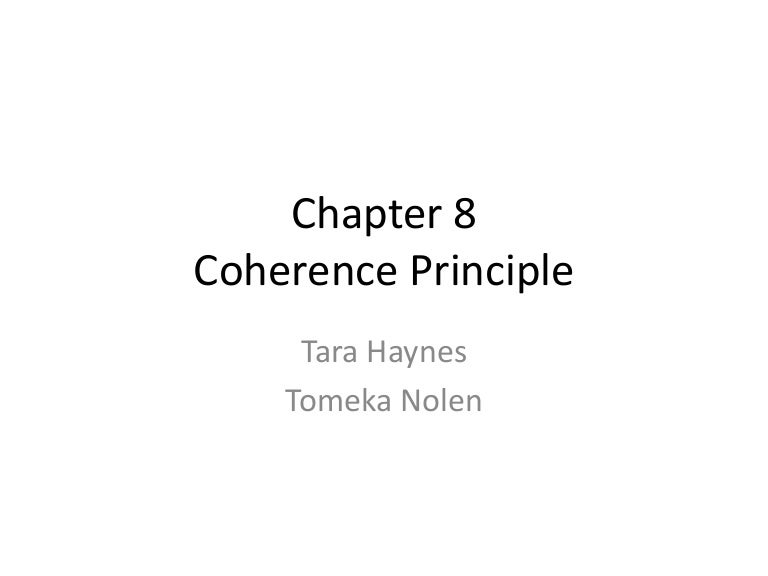

From the WebLogic Server Administration Console Domain Structure pane, expand Environment and click Servers.A Coherence application GAR is deployed on managed Coherence proxy servers. Proxy – a managed Coherence server that is storage-disabled and allows external clients (non-cluster members) to use a cache. A Coherence application GAR is packaged within an EAR and deployed on storage-disabled managed Coherence servers.

Storage-disabled – a managed Coherence server that is not responsible for storing data and is used to host Coherence applications (cache clients). Coherence applications are packaged as Grid ARchives (GAR) and deployed on storage-enabled managed Coherence servers. Storage-enabled – a managed Coherence server that is responsible for storing data in the cluster. The Summary of Coherence Clusters screen displays and the Coherence Clusters table lists the cluster resource. From the Coherence Cluster Members section, click to select the managed Coherence servers or WebLogic Server clusters that are to be part of the Coherence cluster or skip this section if managed Coherence servers and WebLogic Clusters are yet to be defined.For details on configuring the clustering mode, see Configure Cluster Communication. The default cluster listen port (7574) does not need to be changed for most clusters. From the Coherence Cluster Addressing section, select the clustering mode or keep the default settings.From the Create a Coherence Cluster Configuration page, enter a name for the cluster using the Name field.From the Summary of Coherence Clusters page, click New.From the WebLogic Server Administration Console Domain Structure pane, expand Environment and click Coherence Clusters.Managed Coherence servers are typically setup in tiers that are based on their type: a data tier for storing data, an application tier for hosting applications, and a proxy tier that allows external clients to access caches.įigure 12-1 shows a conceptual view of a Coherence cluster in a WebLogic Server domain: Managed Coherence servers can be explicitly associated with a Coherence cluster or they can be associated with a WebLogic Server cluster that is associated with a Coherence cluster. Managed servers that are configured as Coherence cluster members are referred to as managed Coherence servers. Multiple WebLogic Server clusters can be associated with a Coherence cluster and a WebLogic Server domain typically contains a single Coherence cluster. They use different clustering protocols and are configured separately. An application interacts with the data in a local cache and the distribution and backup of the data is performed automatically across cluster members.Ĭoherence clusters are different than WebLogic Server clusters. Coherence clusters consist of multiple managed Coherence server instances that distribute data in-memory to increase application scalability, availability, and performance.


 0 kommentar(er)
0 kommentar(er)
